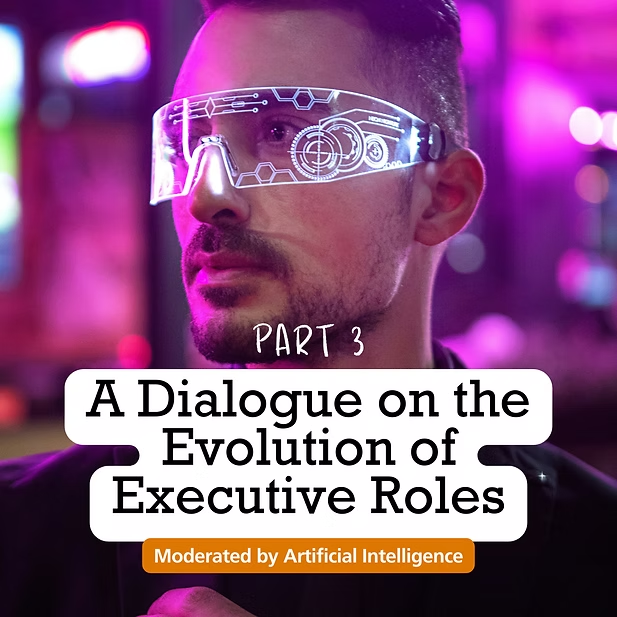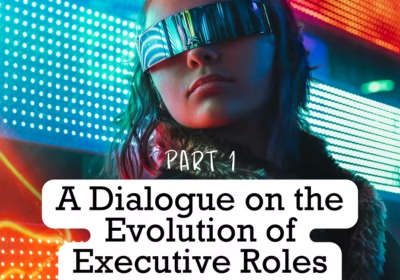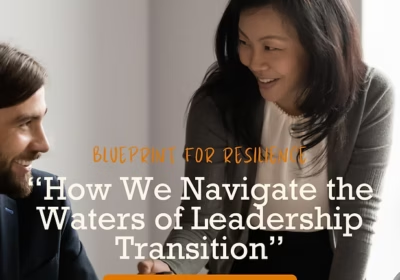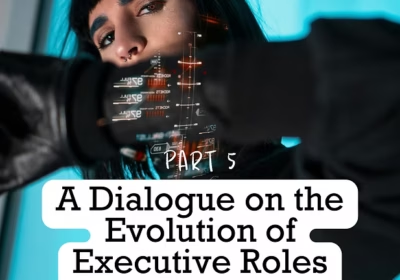Between Tech and Leadership: A Dialogue on the Evolution of Executive Roles – Part 3

In a world of constant change, the ability to adapt and self-reflect is not just desirable for leaders but essential. But how does one transition from being a specialized expert to a leadership position that combines both technical and entrepreneurial visions?
To delve into this question, we’ve conducted an extraordinary conversation: an interview not created in the traditional manner. Two renowned entrepreneurs and executives, Philipp Deutscher and Jan Hossfeld, share their insights and experiences in an interview moderated by Artificial Intelligence.
Communication
1. How do you shape communication to create the right culture and manage expectations?
Philipp Deutscher: “Communication in a company should follow predictable rules and be continuous. It’s about managing expectations, providing direction, transporting information to the right places, and creating transparency.”
“I can only expect a team or an individual to make sensible decisions within their ‘Roles & Responsibilities’ if they have all the information necessary to make the right decision.”
“If the necessary information lies with me, it’s my responsibility to make this information available to the team.”
Jan Hossfeld: “Through clarity, by the way, one of my company values. It’s extremely important that everyone understands each other precisely. Questions are the key to understanding, supplemented by the somewhat cynical attitude that one probably has not yet understood. Especially when everyone in the room nods without asking back, one should become suspicious. According to Schulz von Thun: Hearing is not understanding, understanding is not agreeing. Verifying this is a constant work process.”
2. How do you handle challenges in communication, especially with difficult decisions or changes?
Philipp Deutscher: “I am convinced that almost every decision can be communicated in such a way that it is understandable to everyone in the company. This does not mean that everyone has to agree with the decision, but I should give everyone the chance to understand the context of my decision-making. If, for some reason, I cannot do that, I should also make that transparent.”
Jan Hossfeld: “The next company value is drawn – transparency complements clarity at this point. It’s important that decisions, especially those that bring about changes, are comprehensible. A decision always consists of general conditions, decision-specific assumptions and prerequisites, decision options, and the actual decision with its consequences. This scheme can be used to communicate it. However, one must realize that even with optimal communication, it’s rare for everyone to agree with a decision. If that’s your expectation, you will definitely be disappointed eventually.”
Strategic Mindset
How do you develop and maintain a strategic mindset in your role as CTO?
Philipp Deutscher: “A strategic mindset in the CTO role emerges when the following conditions are met: understanding of technological trends, the current status quo, short- to medium-term business goals, and the long-term vision. If you manage to zoom out of the daily business regularly and keep the big picture in mind, you understand how one influences the other and things that are further in the distance can thus be influenced.”
Jan Hossfeld: “Assuming the company culture is defined and stable, then hopefully there is also a plan for the direction in which the company wants to develop. I would keep some distance from pure vision statements at this point. They are important for emotional binding, but they rarely define concretely what should be achieved and when. For this, the company strategy serves. It is the framework within which a CTO can act. There are two directions – into the team and to the company, usually the management. This also closes the circle to the previous question. If the management can clearly explain, justify, and evaluate their strategy, the CTO’s strategic mindset develops through the mere presence of the strategy and the constant exchange about it. This is also a recommendation!”
What role does strategic planning play in your daily work?
Philipp Deutscher: “It depends on the context. Generally, the share of strategic work in a CTO role is strongly pronounced. In interim roles, however, the focus is much more on achieving short-term goals.”
Jan Hossfeld: “I generally work with a system of time horizons. My strategy as a company covers about 5 years. I don’t find it sensible to plan for longer than that, as many things will not hold up over 5 years because conditions change. Yet, this horizon is useful exactly because it is not immediate. Within this horizon, the second-level managers embed their specific department plans, which we discuss together at the beginning of a year. Once everything is coordinated, we go into the planning for the coming year. What projects must be done, what goals achieved, that move us towards this 5-year goal line? This is also discussed intensively. And then each of the participants can break down this annual plan into suitable sub-units, for example, months. Thus, a strategy becomes a work plan for everyday life.”
The continuation of this fascinating dialogue can be found next week on Thursday with part 4 on Jan Hossfeld’s blog. Don’t miss how our experts bridge the gap between personal development and sustainable success in dynamic business environments.
Related Posts
Why Leadership, Strategy, and Culture Matter More for a CTO…
In a world of constant change, the ability to adapt…
Suddenly finding your company without a CTO is a challenge…
In a world of constant change, the ability to adapt…



